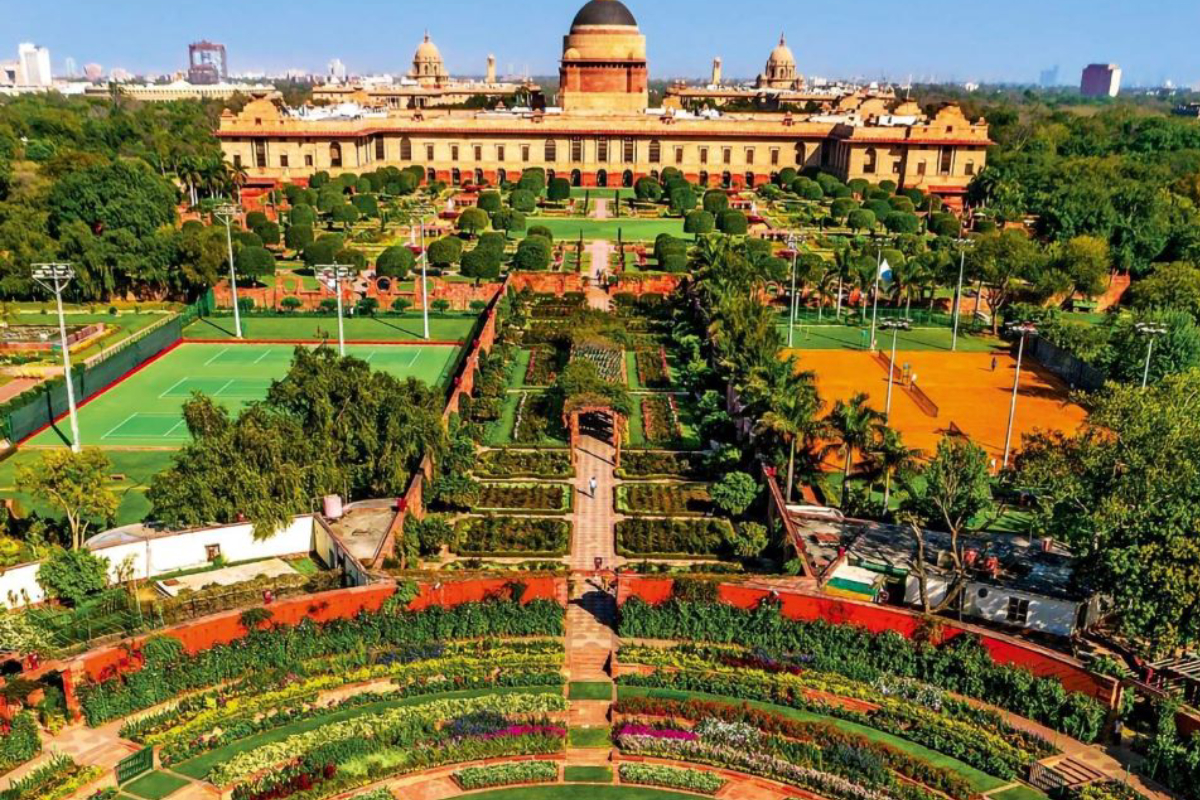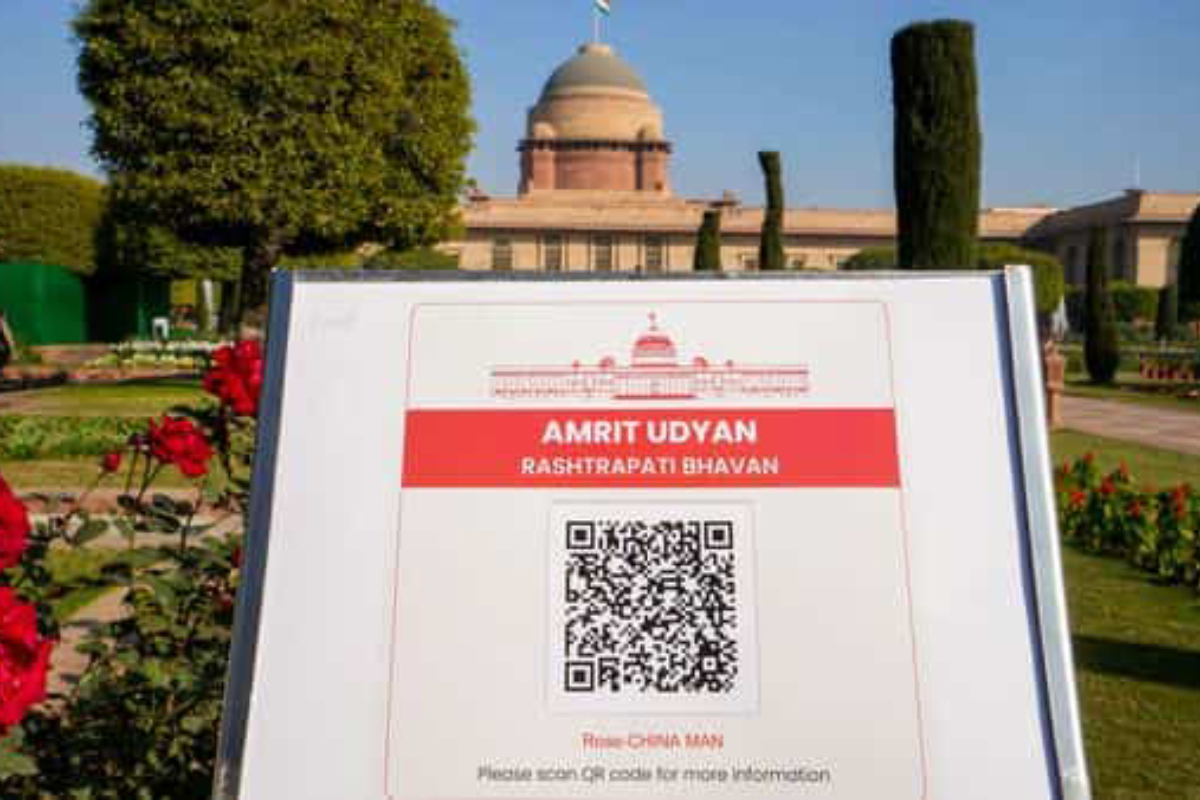The iconic Mughal Gardens at Rashtrapati Bhavan will now be called Amrit Udyan.
The new name has been given by President Droupadi Murmu as India marks 75 years of its independence as Azadi ka Amrit Mahotsav, the Rashtrapati Bhavan said.
President Murmu threw open the newly rechristened Amrit Udyan on January 29. The gardens will be open to the public from January 31 to March 26.
A few days have also been reserved exclusively for differently-abled people, farmers, and women.
Meanwhile, ruling Bharatiya Janata Party (BJP) leaders hailed the decision to rename the gardens as a move to shred yet another symbol of colonialism.
“Welcome and thank Hon’ble President Droupadi Murmu Ji for renaming the iconic gardens at the President House as Amrit Udyan. This new name not only shreds yet another symbol of a colonial relic but also reflects India’s aspirations for the Amrit Kaal,” Union minister Dharmendra Pradhan tweeted.
“Our hon’ble President of India, Smt. Droupadi Murmu ji sets an example by renaming the iconic gardens at the President House as ‘Amrit Udyan’. A powerful symbol of our nation’s progress and a reflection of a brighter future for #NewIndia. (sic),” Union minister Kiren Rijiju tweeted.

Sharing the details on Amrit Udyan, the Rashtrapati Bhavan’s official website stated, “Spread over a vast expanse of 15 acres, Amrit Udyan has often been portrayed, and deservedly so, as the soul of the Presidential Palace. The Amrit Udyan draws its inspiration from the Mughal Gardens of Jammu and Kashmir, the gardens around the Taj Mahal and even miniature paintings of India and Persia.”
“Sir Edwin Lutyens had finalised the designs of the Amrit Udyan as early as 1917, however, it was only during 1928-1929 that planting was done. His collaborator for the gardens was Director of Horticulture, William Mustoe,” it further highlights.
“Like the building of Rashtrapati Bhavan has two different styles of architecture, Indian and Western, similarly, Sir Lutyens brought together two different horticultural traditions for the gardens, the Mughal style and the English flower garden. Mughal canals, terraces and flowering shrubs are beautifully blended with European flowerbeds, lawns and private hedges,” the website added.

